What do you think?
Rate this book
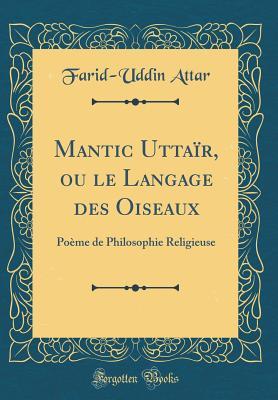

548 pages, Hardcover
First published January 1, 1177
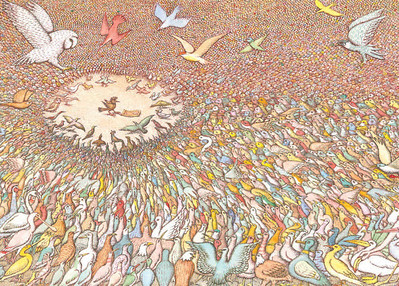
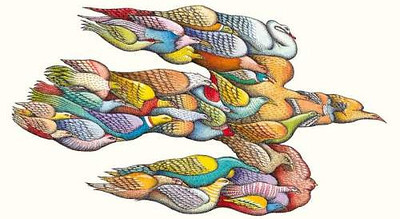
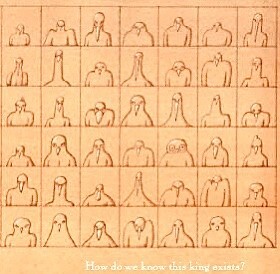

‘The ancient gravedigger was asked if you can bury love.
He answered that he had buried many corpses over many years but had never once buried his desires.’
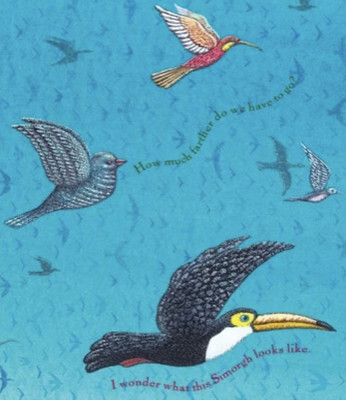

♪ Quest
♪ Love
♪ Understanding
♪ Detachment
♪ Unity
♪ Amazement
♪ Death


